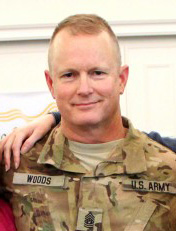-
by Dennis Woods
-
Before the interview:
- Send the interviewer a biography with a few suggested interview topics, and lead off with that during the interview. Once on air, those subjects that you’re most familiar with will set the pace for your listeners.
- Post an advertisement on social and professional media concerning your appearance.
- Upon arrival, use the check-in function on Facebook—or comparable functions on other social media—to again alert prospective listeners. Adding a photo to the post will boost its attractiveness.
-
During and after the interview:
- Send up-to-date posts during commercial breaks if possible.
- Expect the interviewer to run other programs, such as Facebook Live, and the radio interview concurrently. In this format, the program reaches a larger audience; however, some subjects discussed on Facebook Live during commercial breaks may be repeated during the on-air broadcast. This writer’s advice is to not use the same phrases to address the same question a second time. For the Facebook Live listeners, the effect is an unnecessary repeat of what then becomes a tired line.
- Provide a copy of your work to the interviewer for display and for use during promotional breaks.
- The interviewer will present your work several times during the interview; try to direct the conversation to your work at least once when answering a question.
- Post the interview, respond to some of the comments on your social media, and repost the show’s audio and video links, if available.
_____________________
About the Author

